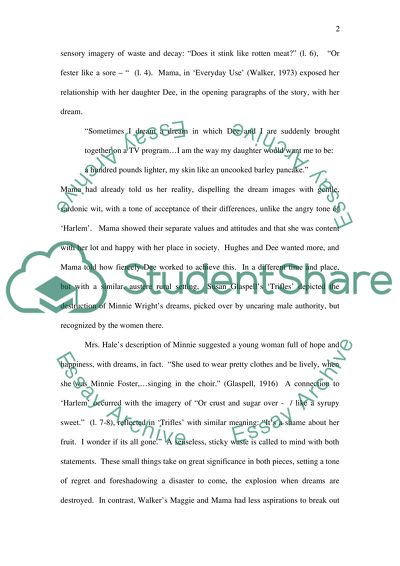Cite this document
(Connections in Trifles by Susan Glaspell Book Report/Review, n.d.)
Connections in Trifles by Susan Glaspell Book Report/Review. Retrieved from https://studentshare.org/literature/1534632-life-experiences
Connections in Trifles by Susan Glaspell Book Report/Review. Retrieved from https://studentshare.org/literature/1534632-life-experiences
(Connections in Trifles by Susan Glaspell Book Report/Review)
Connections in Trifles by Susan Glaspell Book Report/Review. https://studentshare.org/literature/1534632-life-experiences.
Connections in Trifles by Susan Glaspell Book Report/Review. https://studentshare.org/literature/1534632-life-experiences.
“Connections in Trifles by Susan Glaspell Book Report/Review”, n.d. https://studentshare.org/literature/1534632-life-experiences.


